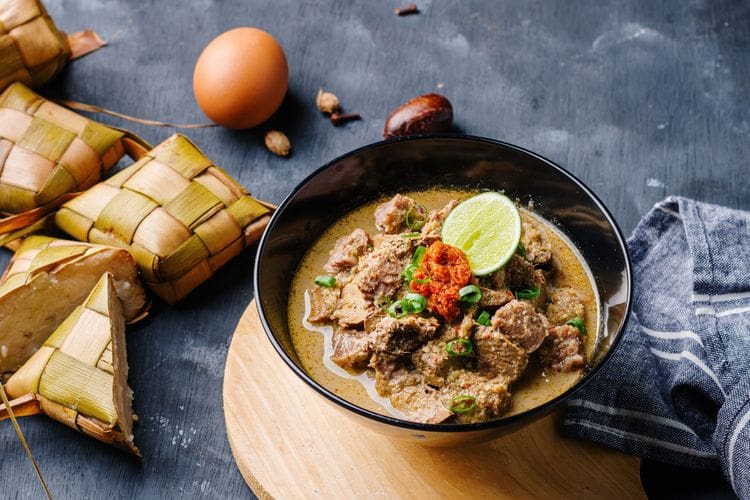Indonesia, the world’s largest archipelago, is a treasure trove of cultural and culinary diversity. Comprising over 17,000 islands, this Southeast Asian nation is a melting pot of ethnicities, languages, traditions, and flavors. The vibrant culture and rich food heritage of Indonesians are integral parts of their identity, reflecting the influences of centuries-old indigenous traditions, as well as Indian, Chinese, Middle Eastern, and European interactions.
A Mosaic of Cultures
Indonesia’s cultural landscape is as varied as its geography. The country is home to hundreds of ethnic groups, with the Javanese, Sundanese, and Madurese being the largest. Each group contributes to the nation’s vibrant cultural tapestry with unique traditions, languages, arts, and customs.
Traditional Arts and Crafts
Indonesian arts are diverse, encompassing various forms such as traditional dance, music, and crafts. The Batik fabric, recognized by UNESCO as a Masterpiece of Oral and Intangible Heritage of Humanity, is a prime example. Batik-making involves intricate patterns and dyeing techniques that vary from region to region, each telling a story of its origin.
Festivals and Celebrations
Festivals in Indonesia are colorful and lively, often linked to agricultural cycles, religious events, and historic milestones. Celebrations such as Hari Raya Nyepi (Balinese Day of Silence), Idul Fitri (the end of Ramadan), and Galungan (Balinese Hindu festival) showcase the country’s religious and cultural diversity.
Culinary Delights: A Feast for the Senses
Indonesian cuisine is a reflection of its cultural pluralism. It is a complex blend of indigenous flavors enriched by centuries of trade and colonization. The use of fresh herbs, spices, and local ingredients results in bold, aromatic dishes that are both hearty and healthy.
Iconic Dishes
Some of the most famous Indonesian dishes include:
- Nasi Goreng: Often considered the national dish, this flavorful fried rice is typically cooked with kecap manis (sweet soy sauce), garlic, shallots, and a choice of meats, and is usually topped with a fried egg.
- Satay: Skewered and grilled meat served with a spicy peanut sauce, satay is a popular street food that has won international acclaim.
- Rendang: Originating from West Sumatra, this slow-cooked beef stew is rich in spices and coconut milk, making it a favorite during festive occasions.
- Gado-Gado: A salad of boiled vegetables, tofu, and tempeh, served with a rich peanut sauce, offering a healthy and vegetarian-friendly option.
Regional Variations
Each region in Indonesia has its own distinct culinary traditions. For instance, the Minangkabau people of West Sumatra are known for their spicy and coconut-rich Padang cuisine, while the Sundanese of West Java prefer lighter, vegetable-centric dishes with fresh, raw accompaniments known as “lalapan.”
Spices and Ingredients
The Indonesian spice trade has historically been one of the most important in the world, with nutmeg, cloves, and mace originally native to the Maluku Islands. Other essential ingredients include turmeric, ginger, galangal, lemongrass, and tamarind, all contributing to the complex flavor profiles of Indonesian dishes.
Conclusion
Indonesia’s cultural richness and culinary diversity are key elements that define its national identity. The harmonious blend of various cultural influences has created a unique and captivating heritage that continues to evolve while staying true to its roots. Whether through its vibrant festivals, traditional arts, or delectable cuisine, Indonesia offers an endless exploration of sensory delights and cultural experiences. For those seeking to understand and appreciate the essence of this archipelagic nation, diving into its cultural and culinary depths is an adventure worth undertaking.



